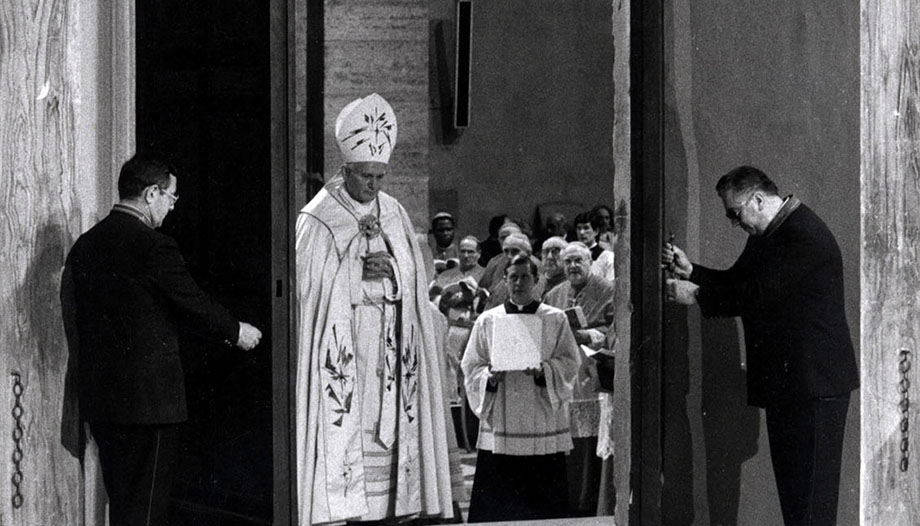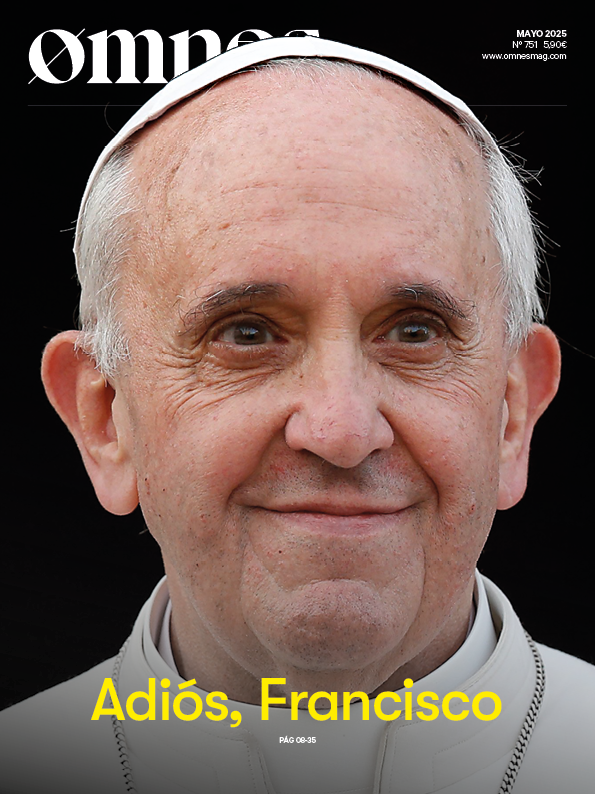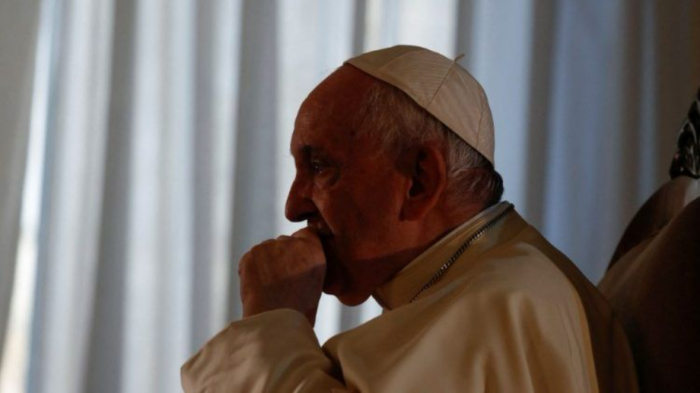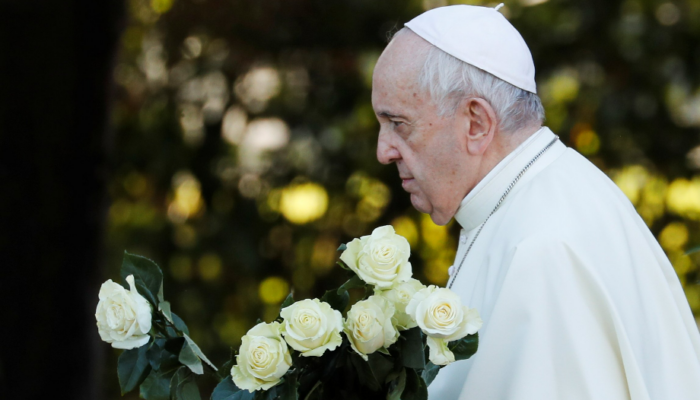Since Pope Francis convoked the Jubilee for the Holy Year of 2025, there have been various interpretations. There are those who point out that this Jubilee has a "farewell flavor" perhaps because the intense program of events and interventions that Pope Francis has planned for all the weeks of the Jubilee year requires a young, strong and healthy man. It can also be interpreted the other way around: after the closing of the Synod of Synods, the Holy Father wanted to invite all humanity to come to Rome to experience an intense time of conversion and to receive the graces of the Synod.
Jubilee 2025
The motto chosen by Pope Francis for this Jubilee Year of the universal Church from December 24, 2024 to January 6, 2026, is characterized by the Latin and Pauline expression "Peregrinantes in spem".
Let us begin by recalling that the first Jubilee year of the universal Church was convoked in the year 1300, and since then until today, many universal Jubilees have been celebrated, with all that this implies in terms of the abundance of God's grace poured out on the Christian people.
The posters that have filled the streets of Rome for months, and the expectation of more than 45 million pilgrims to Rome for this occasion, recall the great Jubilees of other times: those great moments of grace and conversion that have marked the life of the Church and of millions of faithful of all times.
Origin of the Jubilees
The origin of the Roman Jubilee can be traced back to 1208 when the Holy Father Innocent IIIone of the most important canonists of Christianity, established the procession of the image of the Veronica from the main basilica of St. Peter's to the Holy Spirit on the Sunday after the octave of Epiphany.
Let us remember that the 13th century is the century of the universities. A time when the first guilds of students and teachers were established to study Christian revelation and the other sciences. A time of faithful reflection of the harmony of faith and reason for the study of theology and the sacred and profane sciences. It is also the era of the multiplication of popular devotions, which brought people closer to the most holy humanity of Jesus Christ and opened the treasures of grace to lead Christians to identification with Christ and along the paths of salvation.
Precisely for this year's Jubilee, the Holy Father encourages us to hope for holiness, since holiness springs from the Christian's falling in love with Jesus Christ and the desire to identify with him and from God's special relationship with man, for which Jesus Christ became incarnate and died on the cross and remains risen in our tabernacles.
The image of Veronica recalled the importance of the redemption of the human race, (O happy guilt!) and, at the same time, the Jubilee year by which a soul, after fulfilling the required conditions: confession, praying a Creed before the tomb of St. Peter, obtains the remission of the punishment due for its sins and a desire of fidelity to Christ and his saving doctrine.
Establishment of Jubilees
On February 22, 1300, feast of the Chair of St. Peter, in the sixth year of his pontificate, Boniface VIII promulgated the Bull "....Antiquorum habet fidem". which established that every 100 years a universal Jubilee would be celebrated, during which the faithful would "poenitentibus et confessis". The graces of indulgence would be granted to them, by which the faults due for the sins and the penalties attached to the faults would be forgiven.
Immediately, the required conditions were established: thirty pilgrimage visits to the basilicas of St. Peter and St. Paul (fifteen visits for foreigners). The Bull also added: "in virtue of the fullness of our Apostolic Authority, we grant an entire and most complete remission of their sins to all those who, truly repentant and confessed, visit these basilicas during this year of 1300, which began on Christmas Day of our Lord Jesus Christ, and the same every hundredth year in the future, declaring that those who wish to gain this indulgence, must visit these basilicas for thirty days, either successively or interrupted, at least once every day; and if they were pilgrims or foreigners, they should visit them in the same way for fifteen days".
It is interesting to note that the holy years have contributed to the unity of the Christian people with Rome and to increase devotion and love for the Roman Pontiff in Christianity and to pray for his person and intentions.
Pilgrims
Since the first Jubilee year in the history of the Catholic Church, the number of pilgrims has been steadily increasing. From the 30,000 pilgrims a day who passed through the Holy Door in that first Jubilee, to the current figures for the 2025 Jubilee: some 45 million pilgrims.
Periodicity of Jubilees
Regarding the periodicity, as we have seen, the Jubilees were announced, at first, with a cadence of 100 years. It was not long before this period was shortened to 50 years in the time of Clement VI (1342). Urban VI established a Jubilee year every 33 years (1389) and, finally, it remained at 25 years, as it has remained until today, although other special Jubilees were also added, such as the Jubilee of the Redemption of 1983 of St. John Paul II.
We cannot end these brief lines without recalling that the Jubilee years are an event of personal conversion, lived also in the particular Churches, for which reason Jubilee centers are opened in the dioceses so that those who cannot travel to Rome can attain the indulgence through prayer and penance in union with the Holy Father.








